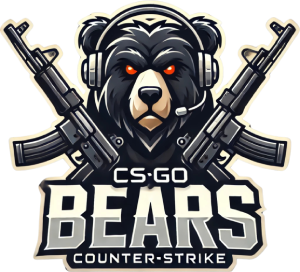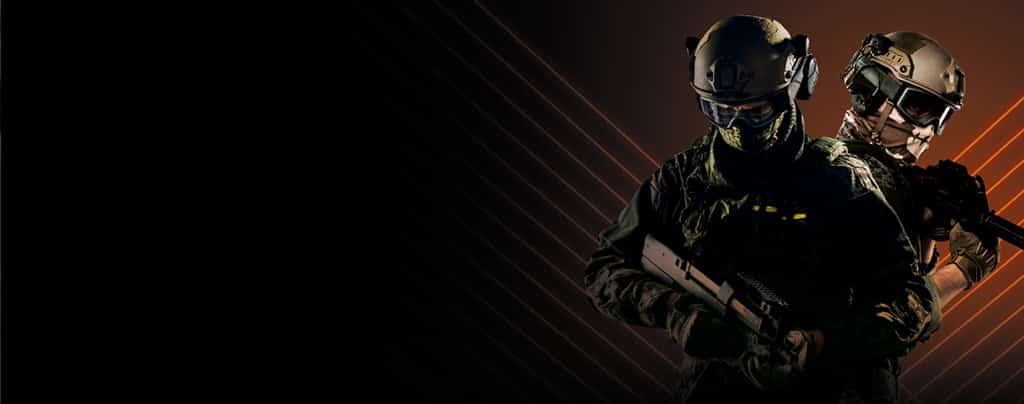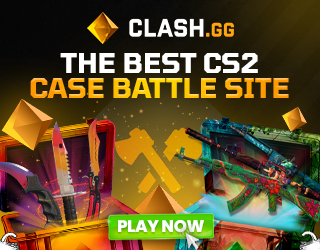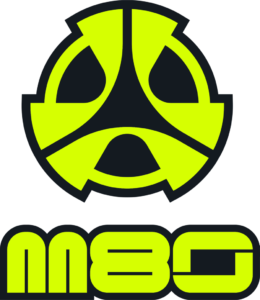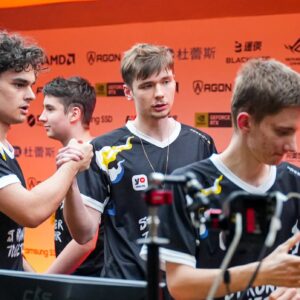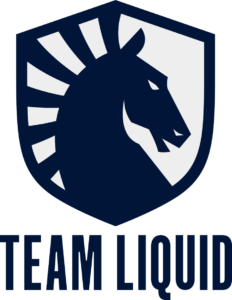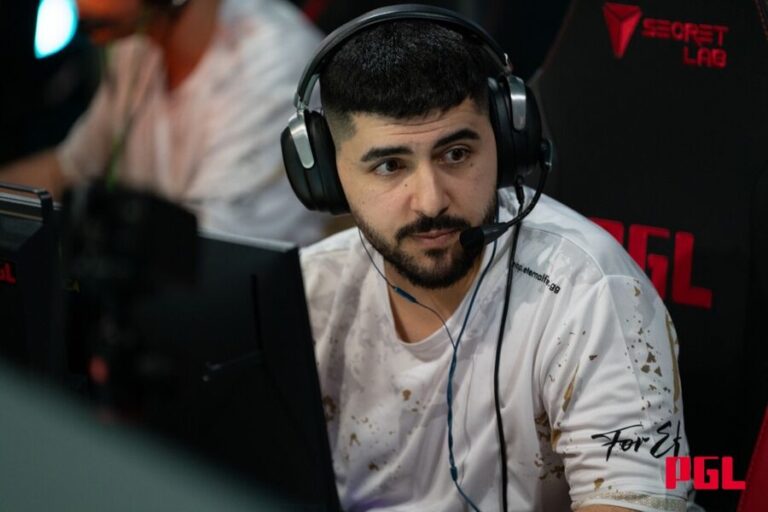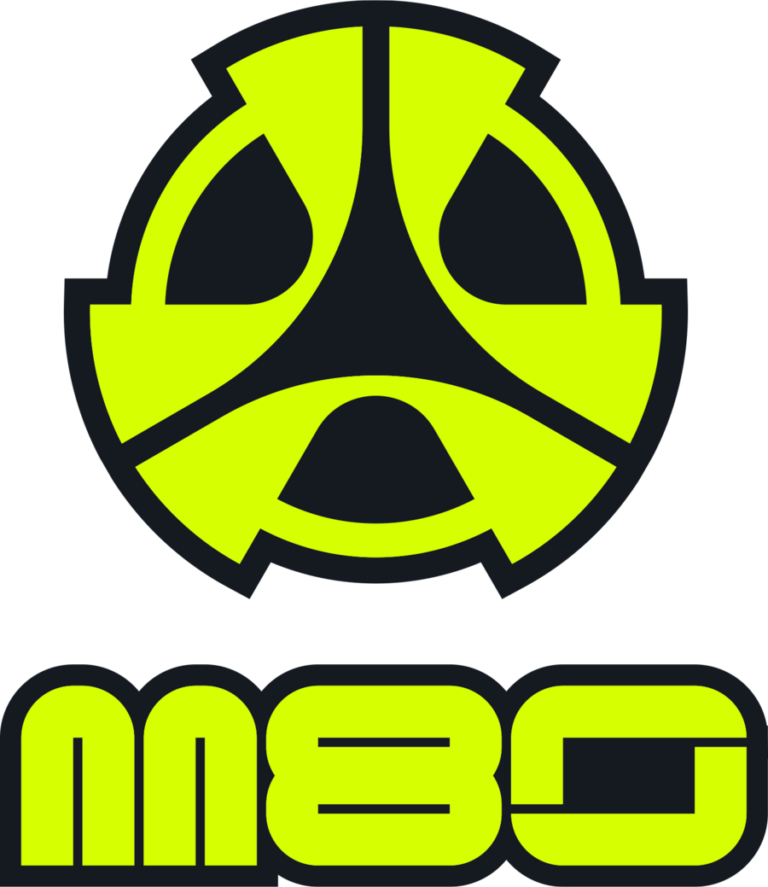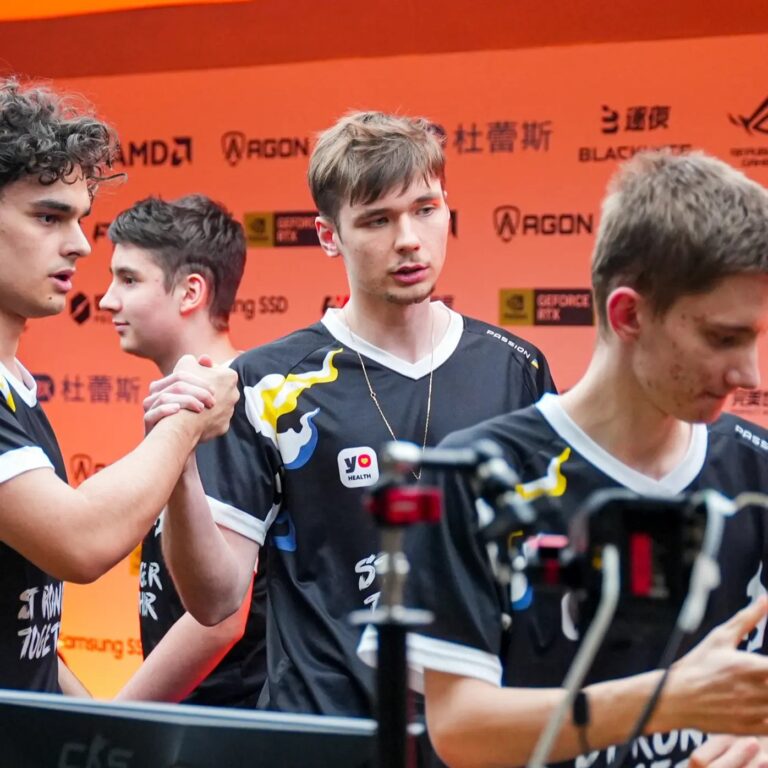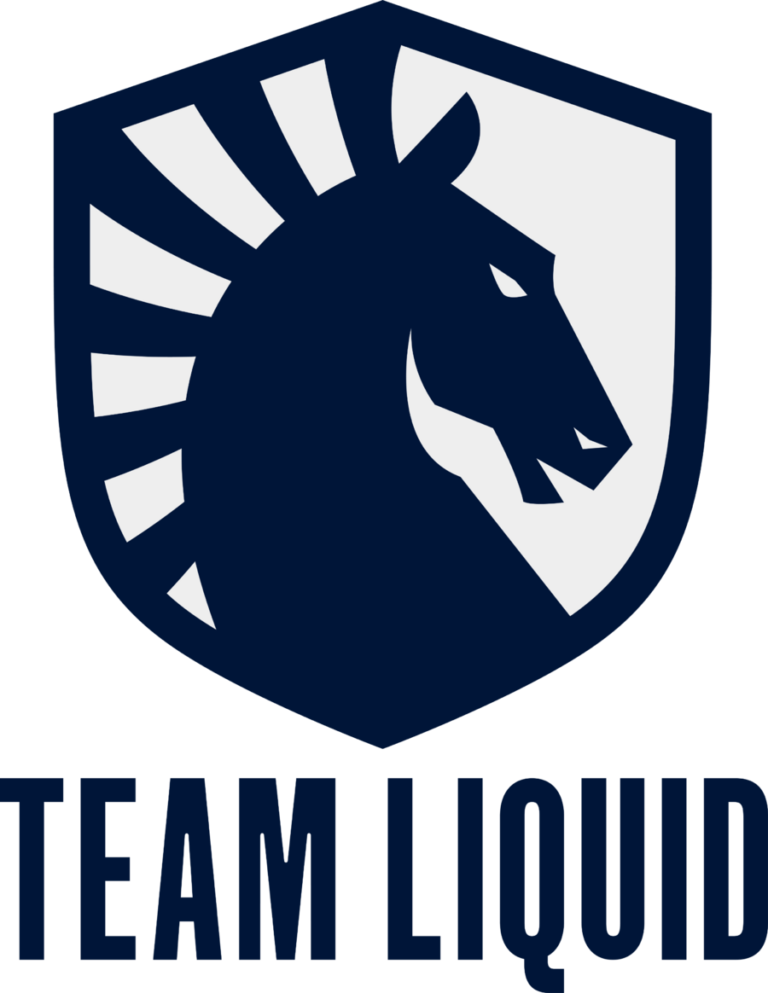CS:GO is more than just a game—it’s a global phenomenon that has defined competitive first-person shooters for over a decade. Known for its fast-paced action, strategic depth, and thriving esports scene, it remains one of gaming history’s most played and watched titles.
But what does CS:GO actually stand for, and why is it so popular? Whether you’re a newcomer trying to understand the basics or a veteran looking to refine your knowledge, learning the terminology and roles within the game is essential. This guide breaks down the meaning of CS:GO, explains key in-game terms, and explores the roles that shape competitive matches. By the end, you’ll have a deeper understanding of the game’s mechanics and communication, helping you confidently navigate the battlefield.
The Meaning of CS:GO
The acronym CS:GO stands for Counter-Strike: Global Offensive. It is the fourth game in the Counter-Strike series, developed by Valve Corporation and Hidden Path Entertainment. Released in 2012, the game has remained one of the most popular first-person shooters for over a decade. If you’re wondering how old is CS:GO, it has been around for more than 11 years, continuously evolving through updates, competitive tournaments, and a dedicated player base.
The Counter-Strike franchise began as a modification of Half-Life before evolving into a standalone series. Since its inception, it has been synonymous with tactical, team-based gameplay. Each match in CS:GO pits two teams—Terrorists (T-side) and Counter-Terrorists (CT-side)—against each other in objective-based game modes. Players must strategize, communicate, and execute precise movements to secure victory.
A major factor behind CS:GO’s longevity is its emphasis on competitive balance. Unlike many modern shooters that feature randomized elements, success in this game is determined by skill, strategy, and teamwork. This approach has allowed CS:GO to thrive for years, solidifying its place as a staple of professional esports and online multiplayer gaming.
Common CS:GO Terms & Phrases
For newcomers, the terminology used in CS:GO may initially seem overwhelming. Understanding these key phrases is crucial for effective communication during matches.
General CS:GO Terms
| Term | Definition |
| Eco Round | A round where players buy minimal equipment to save money for future rounds. |
| Full Buy | A round where players purchase all necessary weapons, armor, and utility. |
| AWPer | A player specializing in using the AWP sniper rifle. |
| Rush B | A common strategy where the attacking team quickly moves to Bombsite B. |
| One-Tap | A single-shot headshot kill, often associated with the Desert Eagle. |
| Ninja Defuse | When a player stealthily defuses the bomb without being noticed. |
| Clutch | A situation where a single player attempts to win the round against multiple enemies. |
| Wallbang | Shooting through walls or objects to hit opponents. |
| Pre-Fire | Firing at an expected enemy position before seeing them. |
| Rotate | Moving from one bombsite to another to respond to enemy plays. |
Mastering these terms helps players adapt to competitive gameplay, execute advanced strategies, and communicate efficiently with teammates.
Role-Specific CS:GO Terms
Each CS:GO team consists of various roles requiring different playstyles and responsibilities. Here’s a breakdown of key role-specific terminology:
Entry Fragger
The Entry Fragger is responsible for leading attacks and securing the first kill.
- Opening Kill – The first elimination of a round, often crucial for momentum.
- Trade Kill – Immediately eliminating an opponent who has just taken out a teammate.
- Pop Flash – A perfectly timed flashbang that blinds enemies while allowing teammates to push.
In-Game Leader (IGL)
This player calls the shots and dictates team strategies.
- Default Setup – A standard formation to gather intel before executing a strategy.
- Mid-Round Call – A tactical decision made during a round based on enemy movement.
- Strat Book – A collection of pre-planned team strategies.
AWPer
The AWPer is the designated sniper, responsible for long-range eliminations.
- Holding an Angle – Staying in position, ready to take a shot when an opponent appears.
- Quickscope – Firing the AWP with minimal scope-in time.
- Flick Shot – A rapid adjustment of aim to hit an unexpected target.
Support Player
This role involves assisting teammates with utility usage and map control.
- Smoke Execute – A coordinated smoke grenade strategy to block enemy vision.
- Flash Assist – Using flashbangs to blind enemies before teammates push.
- Molly Off – Throwing a Molotov to prevent enemies from holding a key position.
Each role plays a crucial part in a team’s success, and understanding these terms can elevate a player’s performance in competitive matches.
Conclusion
Understanding what CS:GO stands for is just the beginning. To truly appreciate the game, players must familiarize themselves with its terminology, strategies, and role-specific responsibilities. Whether learning common phrases or advanced tactical terms, mastering this knowledge enhances communication, decision-making, and overall performance.
For those looking to improve, keeping up with meta changes, practicing utility usage, and watching professional tournaments can make a significant difference. As one of the most strategic and rewarding FPS games, CS:GO continues to attract players worldwide, maintaining its legacy in esports and competitive gaming.
